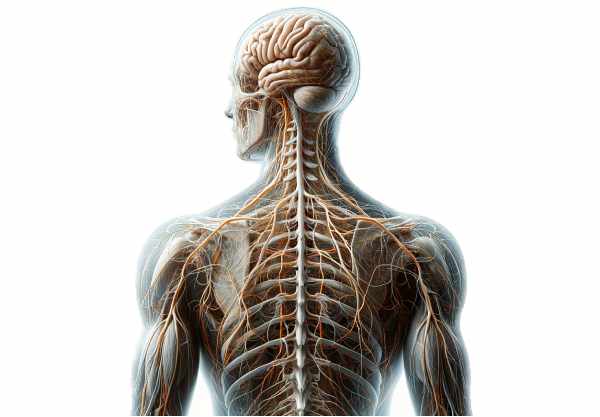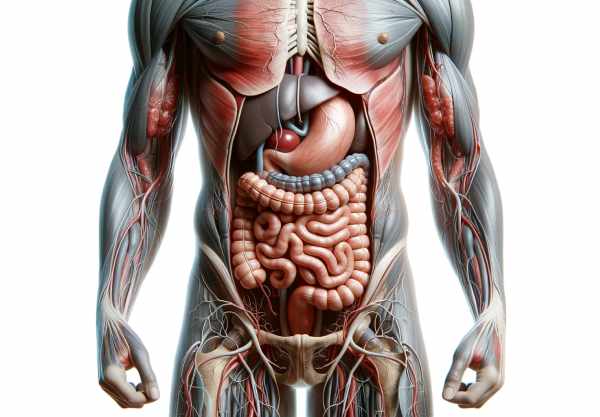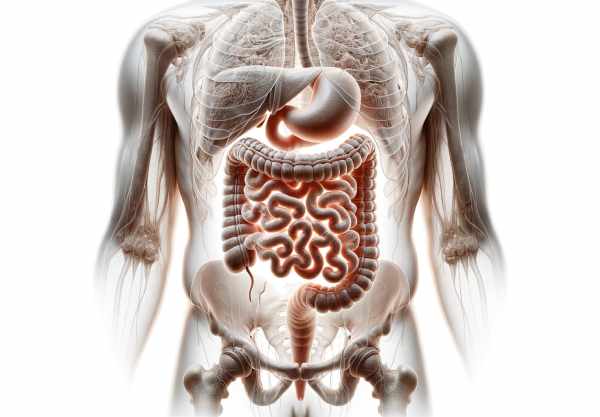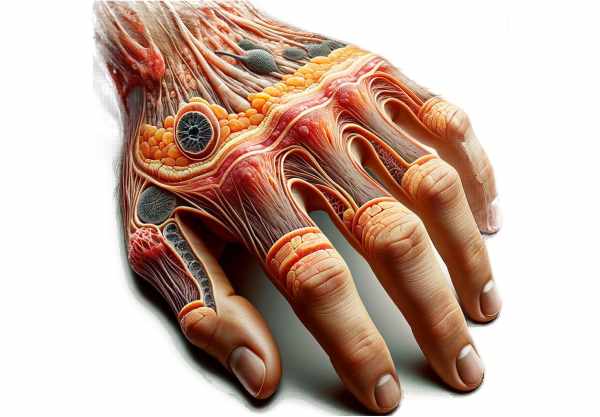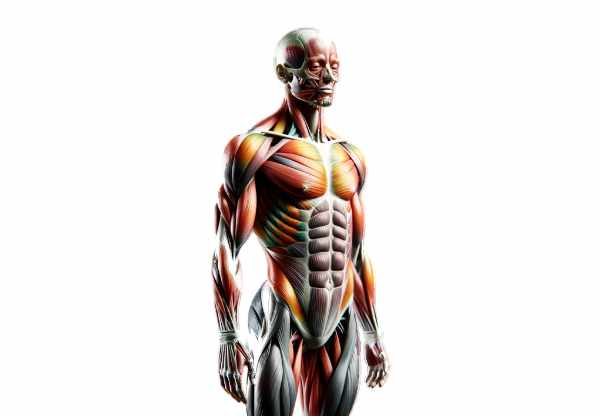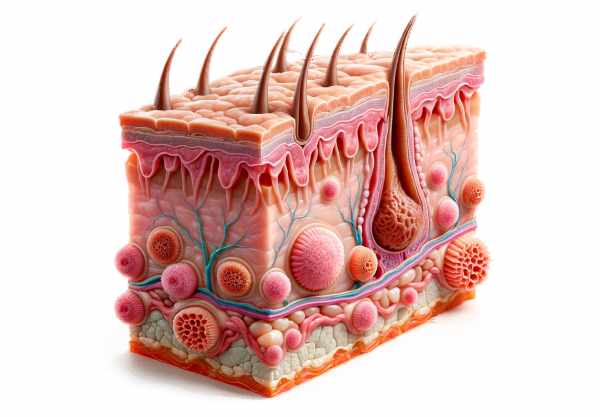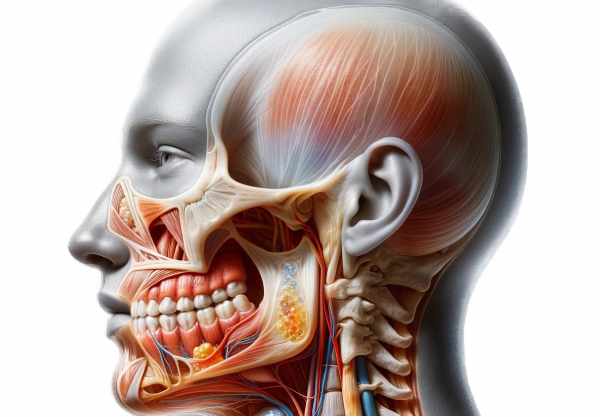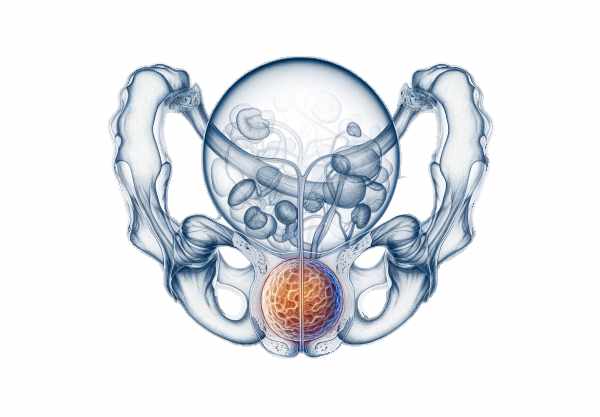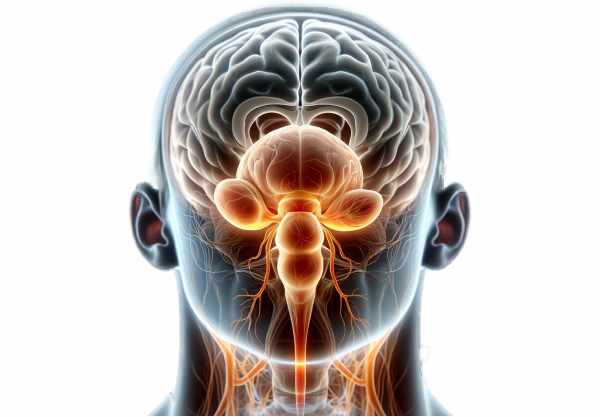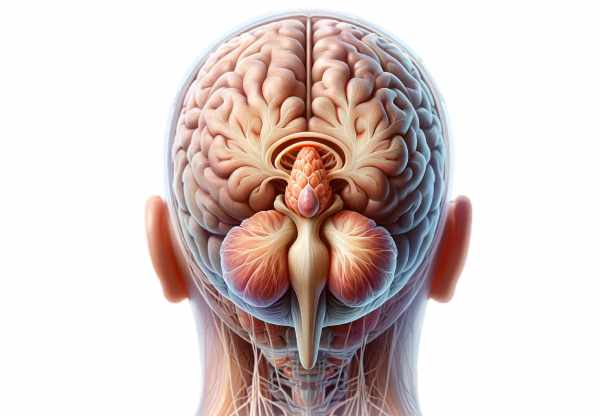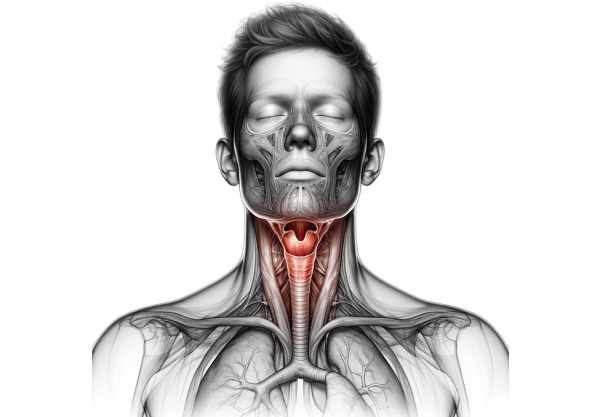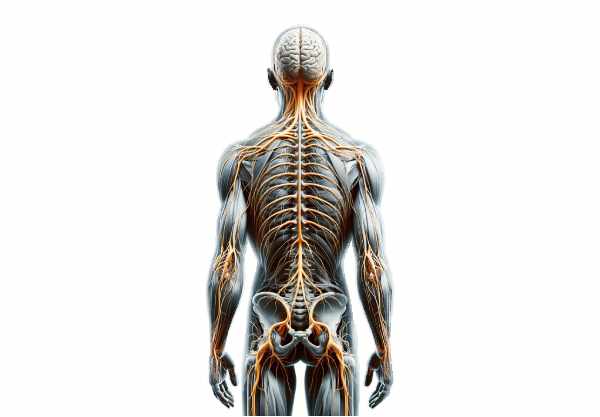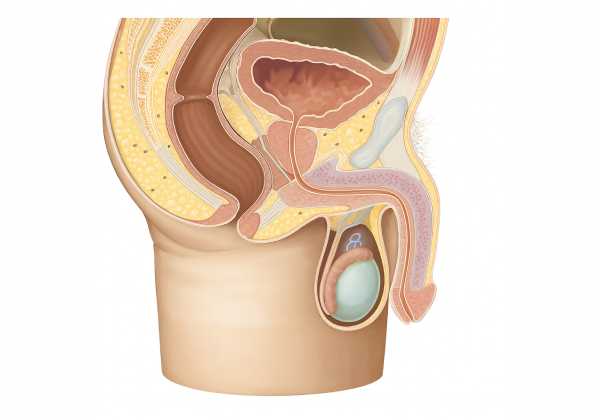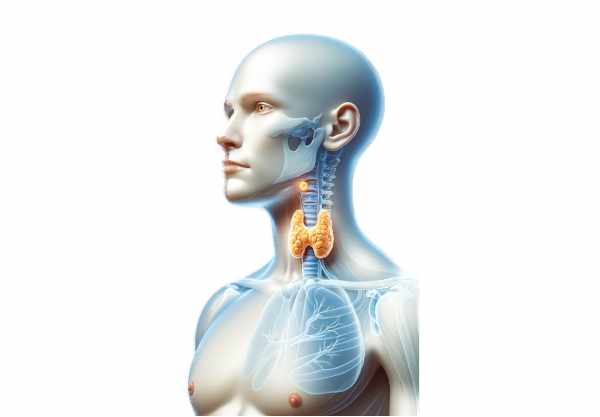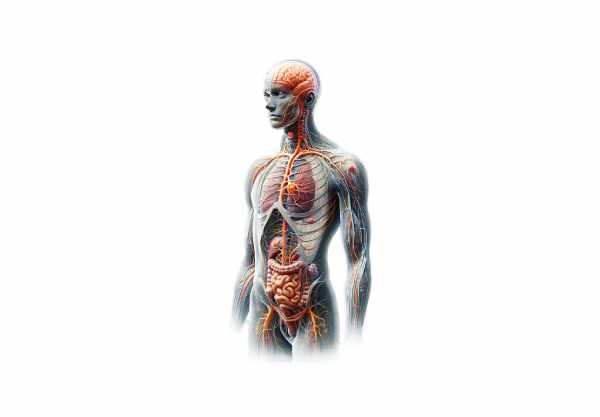Somatic Nervous System: In-Depth Analysis of Anatomy, Functions, Conditions, and Treatment
The somatic nervous system (SNS) is the critical network responsible for voluntary movement and sensory processing, enabling you to interact with the world consciously. By transmitting signals between the central nervous system and skeletal muscles, the SNS facilitates actions—from the simplest hand movement to complex athletic maneuvers—and processes sensory data such as touch, temperature, and pain. This guide will...
Smooth muscles: Detailed Structural Overview, Key Functions, and Condition Management Strategies
Smooth muscles play an essential role in regulating involuntary functions throughout the body. In this comprehensive guide, we delve into the intricate details of smooth muscle anatomy, explore the underlying mechanisms that drive smooth muscle functions, and examine common conditions that can affect these tissues. You’ll also discover a range of treatment options—from conventional therapies to cutting‐edge interventions—and learn...
Small Intestine: In-Depth Guide to Organ Structure, Key Functions, Conditions, and Innovative Treatment Options
The small intestine is a remarkable organ that plays a critical role in the digestion and absorption of nutrients. As the primary site for nutrient uptake, it transforms ingested food into essential building blocks for the body while supporting immune defense and maintaining overall gastrointestinal health. This guide provides an in-depth exploration of the small intestine’s intricate anatomy, its...
Skin: Complete Guide to Anatomy, Sensory and Thermoregulatory Functions, Conditions, and Health-Promoting Practices
The skin is the largest organ of the body, serving as a vital barrier between the internal environment and external hazards. It plays a multifaceted role in protection, sensation, thermoregulation, and metabolism, while also contributing to aesthetics and overall well-being. This guide provides an in-depth exploration of skin anatomy, its essential functions, common conditions that affect it, and the...
Skeletal muscles: Complete Analysis of Structural and Functional Aspects, Disorders, and Cutting-Edge Treatments
Skeletal muscles are the powerhouse of the human body, responsible for movement, posture, and heat production. These highly organized tissues play an essential role in every voluntary movement—from the smallest facial expression to running a marathon. Beyond movement, skeletal muscles contribute to metabolic regulation and overall body composition. Their intricate structure, from the macroscopic organization into muscle groups down...
Seminal vesicles: In-Depth Analysis of Organ Structure, Key Functions, Disorders, and Innovative Treatment Options
The seminal vesicles are paired, tubular glands essential for male fertility, contributing the majority of the ejaculate volume by producing seminal fluid rich in energy substrates and bioactive molecules. Located in the pelvic cavity behind the urinary bladder and adjacent to the prostate, these structures play a crucial role in nourishing and protecting sperm. Their secretions help neutralize the...
Sebaceous Glands: Extensive Study of Acinar Structure, Holocrine Secretion, Disorders, and Preventative Measures
The sebaceous glands are vital components of the skin, playing a crucial role in maintaining its health and protecting it from environmental challenges. These exocrine glands produce sebum—a lipid-rich substance that moisturizes the skin, prevents water loss, and serves as a first line of defense against pathogens. Found throughout the body, particularly on the face, scalp, and upper trunk,...
Salivary Glands: Expert Insights into Anatomy, Digestive and Protective Functions, Disorders, and Management
The salivary glands are an essential component of the oral and digestive systems. They secrete saliva—a complex fluid that initiates digestion, maintains oral hygiene, and protects teeth—while also playing a critical role in taste, lubrication, and wound healing. These glands include both major and minor groups, each with unique anatomical and functional characteristics. Their intricate structure, diverse secretions, and...
Prostate gland: Thorough Review of Organ Structure, Reproductive Functions, Disorders, and Management Modalities
The prostate gland is a vital component of the male reproductive system, playing a central role in producing seminal fluid and maintaining urinary function. Despite its small size, this walnut-sized organ influences fertility, hormone metabolism, and overall health. Nestled beneath the bladder and surrounding the urethra, the prostate’s complex structure and proximity to critical pelvic organs mean that even...
Pituitary gland: Expert Insights into Anatomy, Hormonal Regulation, Disorders, and Modern Treatments
The pituitary gland, often called the “master gland,” is a small, pea-sized organ that plays a critical role in regulating the body’s endocrine system. Nestled within the sella turcica at the base of the skull, it governs growth, metabolism, reproduction, and stress responses through its intricate network of hormone secretions. Its close functional relationship with the hypothalamus forms the...
Pineal gland: Expert Insights on Organ Structure, Melatonin Functions, Disorders, and Treatment Options
The pineal gland is a tiny, pine-cone shaped endocrine organ nestled deep within the brain that plays a pivotal role in regulating circadian rhythms and overall health. Acting as the master clock, it secretes melatonin—a hormone that governs sleep patterns, mood, and seasonal biological cycles—in response to light-dark cues. Despite its small size, its influence extends to neuroprotection, immune...
Pharynx: Detailed Analysis of Organ Anatomy, Primary Functions, Conditions, and Management Strategies
The pharynx is a vital structure that plays a central role in both the respiratory and digestive systems. Acting as a shared pathway for air and food, it not only facilitates breathing and swallowing but also contributes to voice production and immune defense. Understanding the pharynx’s complex anatomy and functions is crucial for diagnosing related disorders and implementing effective...
Peripheral nerves: In-Depth Analysis of Anatomy, Primary Functions, Conditions, and Treatment
Peripheral nerves serve as vital communication highways between the central nervous system and the rest of the body. They are responsible for transmitting sensory information, initiating motor responses, and regulating involuntary functions essential for survival. In this guide, we explore every facet of peripheral nerves—from their intricate anatomical structures and essential roles in physiology to the various conditions that...
Penis: Comprehensive Overview of Structure, Functions, Disorders, and Healthy Living Tips
The penis is a remarkable organ essential not only for reproductive functions but also for urination and sexual pleasure. This guide explores its intricate anatomy, vital roles in human physiology, common conditions that affect its health, and the latest treatment and wellness strategies. Whether you are seeking medical insight or practical health tips, this comprehensive resource provides evidence-based information...
Parathyroid Glands: Detailed Guide to Anatomical Structure, Functional Mechanisms, Conditions, and Therapies
The parathyroid glands, though tiny, play a monumental role in regulating the body’s calcium and phosphorus balance, which is crucial for bone health, neuromuscular function, and overall metabolism. Located behind the thyroid gland, these small, oval-shaped structures secrete parathyroid hormone (PTH), a key regulator in calcium homeostasis. Disturbances in their function can lead to significant health issues ranging from...
Parasympathetic Nervous System: Anatomy, Physiological Functions, Conditions, and Therapies
The parasympathetic nervous system (PNS) is a crucial component of the autonomic nervous system that governs the body’s “rest-and-digest” activities. It plays an essential role in promoting relaxation, conserving energy, and maintaining internal homeostasis by slowing the heart rate, stimulating digestion, and regulating other involuntary functions. Understanding the PNS is vital not only for appreciating how the body restores...

